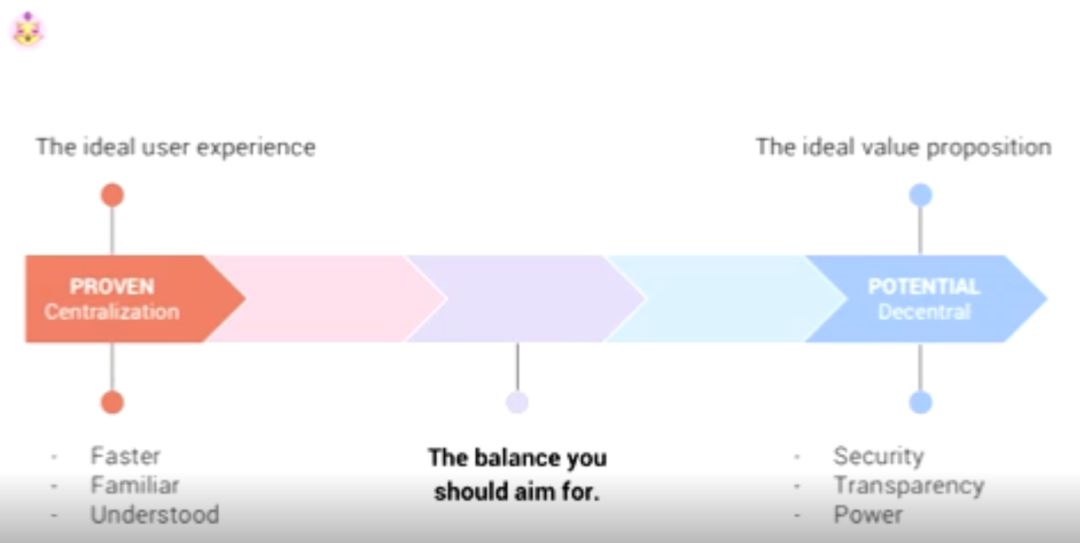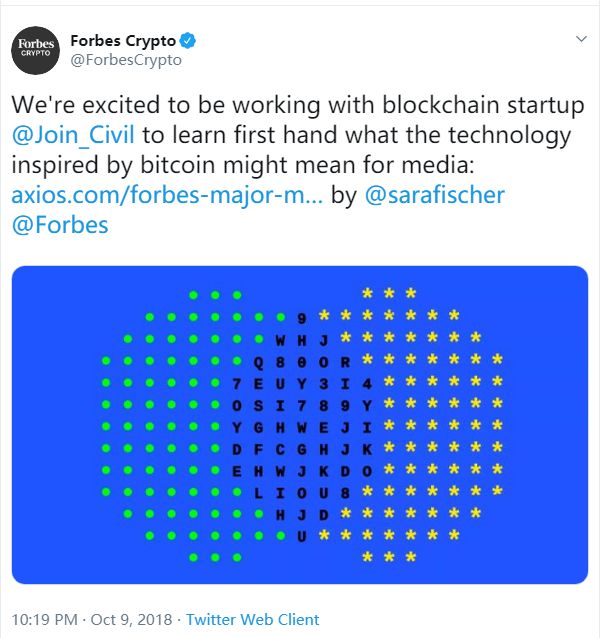Media giants march into the blockchain! The New York Times will use blockchain technology to crack down on fake news
In this era of information explosion, in addition to the official media, there are many unscrupulous media and unregulated self-media always try to attract people's attention. It is not easy for the masses to hear the real voice. The harm of fake news Sex is also becoming more prominent.
Listen to the theory more, let's do it!
Combating false news, deep fraud and false information is one of the biggest challenges facing modern journalism . There are also many technologies currently trying to help readers identify trusted news sources, but the results are not satisfactory.
Ever since, the media giant New York Times officially entered the blockchain and used blockchain technology to crack down on fake news.
- Depth | From the history of currency and payment, Facebook’s “return to the ancestors”
- Digital currency lending platform Dharma locks down nearly 75% in 30 days. System manual settlement decentralized doubt
- QKL123 market analysis | risk aversion continued to ferment, bitcoin attacked 12,000 US dollars (0806)
The project, titled "The News Provenance Project," is a private, licensed, distributed database based on the superbook technology developed by the New York Times in the IBM Garage division.
The R&D team envisions sharing the image “metadata” through the blockchain network, which can effectively help news readers identify the true and false pictures . The R&D team named this mechanism Proof of Concept (PoC).
In theory, these "metadata" contain the time, location, photographer, and all editorial and release information of the news photos. Through this information, the media and the user can determine whether the picture has been modified by PS or the like to determine whether the related information is a fake news.

"The document is not so much modified, it is better to be established. " The post wrote.
In fact, it must ensure that its blockchain solution is immutable, after all, it is not so easy to play blockchain.

Not only that, the New York Times also said that it will experiment and continue to explore this idea in the rest of the year. User research will be conducted along with the trial (predicting to see if the system works as expected) and a technical proof of concept will be developed.
If successful in the early stages, the New York Times will plan to extend this concept to other areas of the journalism industry.
Fake news can lie, fake technology can't
As early as two years ago, a blockchain startup, Civil, had caught the attention of the industry because the company claimed that its blockchain would “repair” journalism.
There is no shortage of people who are skeptical about it, but this is not enough to prevent Civil from entering Forbes in October last year.

Unfortunately, just a week after Forbes announced a partnership with the company, Civil announced its first currency failure (ICO).

In fact, there are many obstacles that need to be overcome to use blockchains to solve problems related to fake news.
Although the blockchain is not well proven to be the answer to the problem of journalism news source, in this New York Times attempt, the performance is not bad.
The blockchain is still in a relatively embarrassing stage. It requires the joint efforts of the blockchain enthusiasts to break through the technical bottleneck and truly bring the blockchain technology to the application scene for the benefit of the public.
Finishing | Carol
Produced | Blockchain Base Camp (blockchain_camp)
We will continue to update Blocking; if you have any questions or suggestions, please contact us!
Was this article helpful?
93 out of 132 found this helpful
Related articles
- Conversation Boca founder Gavin Wood: I don't want people to be slaves to tokens
- What kind of logic is Bitcoin “artificial bull market”?
- Reuters: UN report says North Korea attacks banks and cryptocurrency exchanges to make a profit of $2 billion
- Opinion: Where is the strength of Wal-Mart's currency?
- Multinational privacy regulator issues a joint statement: six soul tortures against Libra
- Decentralized Network Governance: Psychological Analysis of Motivation of Node Cooperation
- Lenovo, Nokia, Anheuser-Busch InBev, etc., have joined IBM's latest blockchain project





